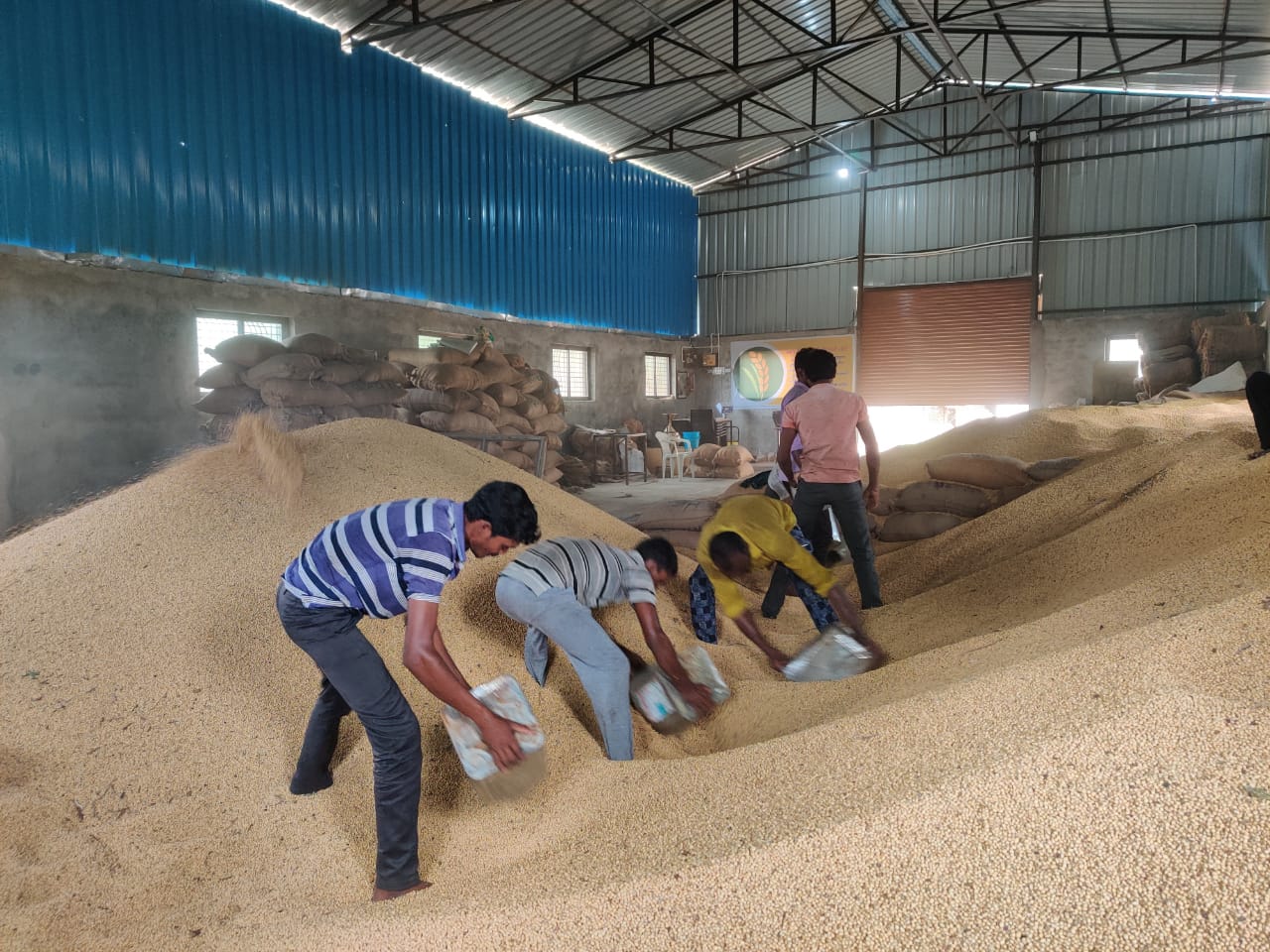India is one of the few countries in the world to have achieved self-sufficiency in food grain production. The production of food grain production touched a record of 291.95 million tonnes in 2019-20. According to the United Nations’ Food and Agriculture Organization (FAO), India is the largest producer of milk and pulses in the world, and the second largest producer of rice, wheat, sugarcane, groundnut, fruits and vegetables. The country is blessed with varied agro climatic zones which facilitates the production and exportation of a diverse range of crops. In spite of these statistics, hunger remains a major issue within the country.
According to FAO, approximately US$14 billion (around Rs one lakh crore) worth of food is wasted in India every year. The UN estimates that more than 40 per cent of the produced food gets spoiled even before it reaches the consumers. Subsequently, close to 194 million people go hungry all over the country every single day. Thus, India is facing a double whammy of rotting food grains while millions live with empty stomachs.
Lack of adequate infrastructure and warehousing facilities are the leading reasons behind such enormous food grain wastages in the country. The post–harvest supply chain is one of the critical levers that can resolve some of the key issues of food wastage in the country. The warehouse sector consists of both the government and the private sector. In the government sector, the Food Corporation of India (FCI) is mainly entrusted to manage the national buffer stock to tide over emergencies, and for public distribution of food grains through a network of “fair price” shops to benefit the poor. But the FCI has a poor track record of storing and distributing food grains. The poor quality storage facilities that suffer water leaks and pests are to be blamed for such large wastage of food grains. A large majority of food grains are stored using cover and plinth method which is susceptible to fungus and moisture. Such open method of storages not only leads to the deterioration of the quality of food grains but consumption of such grains may lead to deadly disease. The private sector is primarily dominated by a small number of unorganized local players and incapable of effectively storing such large amount of farm produce.

Most of them own warehouses with low capacities and poor handling, stacking and monitoring facilities. As a result, Indian farmers incur post-harvest losses to the tune of Rs 92,651 crore per year, the primary causes of which are poor storage and transportation facilities. Further, it has been estimated that the current food grain demand (including indirect demand of fodder, seed, industrial use, etc) will reach 383 million against the expand warehouse services by about 70 per cent of the production.
The post-harvest usually results in glut of supply of agricultural commodities and subsequently leads to fall in the prices of agricultural commodities. Therefore, provision of warehouses allows farmers to balance their supply to markets and in the interim, enables them to avail pledge finance to meet their immediate financial requirements. Thus, it an important component of the agricultural marketing system that will enable farmers to get adequate value for their produce and improve their net annual incomes. It is high time farmers get access to adequate storage facilities through larger investments in warehouses to avoid any distress sales.





Leave your comment